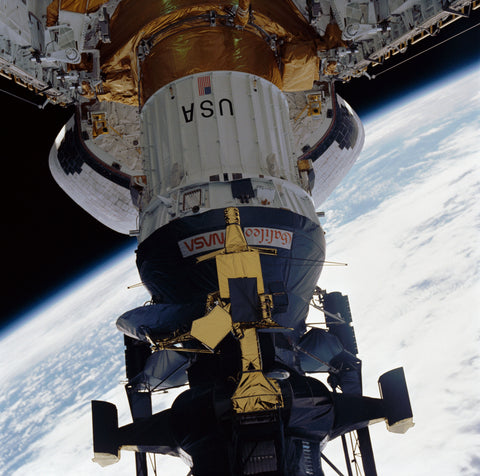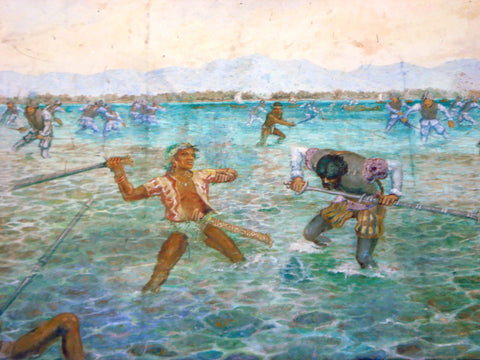In the annals of space exploration, few missions have captured the imagination and expanded our knowledge of the cosmos like the Galileo mission. Launched in 1989 by NASA, Galileo was a pioneering spacecraft tasked with unraveling the mysteries of Jupiter and its captivating moons. Over its remarkable 14-year journey, Galileo not only provided us with breathtaking images of the gas giant but also delved into the enigmatic world of its moons, revealing astonishing landscapes and surprising scientific discoveries. In this blog, we take a voyage through the captivating story of the Galileo mission and the remarkable insights it bestowed upon us.
A Journey to the King of Planets: Launch and Arrival at Jupiter
On October 18, 1989, the Galileo spacecraft embarked on its mission, aiming to study Jupiter up close and personal. After a six-year-long journey through the solar system, which included gravitational assists from Venus and Earth, Galileo finally reached its destination on December 7, 1995. The Galileo mission was divided into two main phases: the orbital tour and the atmospheric entry probe.
The Orbital Tour: Unveiling Jupiter's Secrets
Galileo's orbital tour around Jupiter provided unprecedented views of the planet and its four largest moons: Io, Europa, Ganymede, and Callisto. The spacecraft revealed Jupiter's dynamic atmosphere, including its iconic bands of clouds and swirling storms, such as the famous Great Red Spot. Galileo's data also helped scientists better understand the planet's powerful magnetic field and its intricate system of rings.
Io: The Fiery Moon
One of the most fascinating discoveries of the Galileo mission was the exploration of Jupiter's moon Io. Galileo found that Io is the most volcanically active body in our solar system, with hundreds of active volcanoes spewing plumes of sulfur and other materials high above its surface. These findings provided insights into the geological processes at work on this mesmerizing moon.
Europa: An Ocean World
Galileo's close encounters with Europa revealed an astonishing revelation - beneath its icy surface lies a vast ocean. This finding catapulted Europa to the top of the list of potentially habitable places beyond Earth, as the presence of liquid water is a crucial factor for the development of life as we know it. Galileo's observations fueled excitement and laid the groundwork for future missions, like the Europa Clipper, which seek to explore this tantalizing moon further.
The Grand Finale: Atmospheric Entry into Jupiter
Galileo's mission concluded with a spectacular grand finale. On September 21, 2003, after running out of propellant, the spacecraft was directed to dive into Jupiter's atmosphere. This final act not only provided scientists with valuable data on the planet's composition but also ensured that the spacecraft wouldn't accidentally collide with and possibly contaminate any of Jupiter's potentially habitable moons.
The Galileo Mission: A Testament to Curiosity
The Galileo mission stands as a testament to humanity's insatiable curiosity and determination to explore the wonders of our solar system. For over a decade, this remarkable spacecraft unveiled the mysteries of Jupiter and its enthralling moons, leaving an enduring impact on planetary science and space exploration. The insights gleaned from Galileo's journey have inspired subsequent missions and continue to fuel our desire to probe deeper into the cosmos. As we celebrate the legacy of the Galileo mission, we are reminded that the quest for knowledge is a boundless voyage, and the wonders of the universe await those who dare to venture forth.






